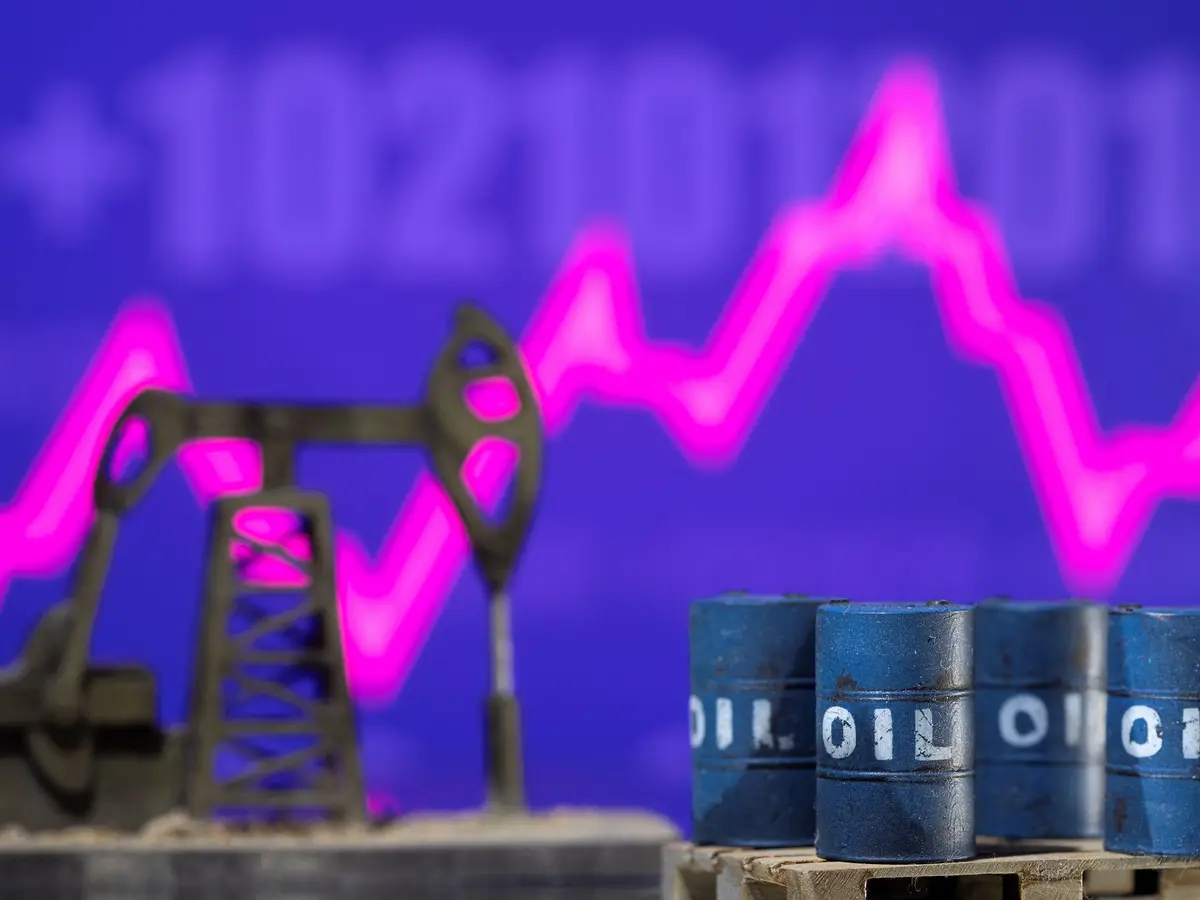The European Commission has proposed a floating price cap on Russian oil that would adjust quarterly to stay 15 per cent below global crude benchmarks, a significant policy shift aimed at tightening the squeeze on Moscow’s war revenues while preserving energy market stability. The new mechanism, part of the EU’s 18th sanctions package against Russia, would replace the current $60-per-barrel cap introduced by the G7 in December 2022. That cap has become largely ineffective due to rising global oil prices, with Brent crude settling at $70.36 per barrel on July 11, and Russia’s flagship Urals crude trading just $2 below the existing threshold.
EU diplomats said the floating cap would be recalibrated every three months based on the 10-week average of global prices, making it more difficult for Russia to profit while remaining in compliance with international trade rules.
Growing divide with the US
The European Union and the United Kingdom have led efforts to revise the price ceiling, frustrated by US reluctance to lower the cap. Despite tentative American support for a $45-$50 range in 2025, the EU appears prepared to act independently. This divergence reflects ongoing transatlantic tension over how aggressively to enforce restrictions on Russian energy exports.
Key EU maritime states, like Greece, Malta, and Cyprus, had previously resisted lowering the cap without broader G7 backing, but they are now open to the floating model, diplomats said. Enforcement, however, remains a major challenge. The cap bans Western firms from trading, shipping, or insuring Russian oil sold above the set price, but the Kremlin has increasingly routed exports through non-compliant countries like China and India.
The proposed floating cap is intended to make enforcement more adaptive and difficult to circumvent, but experts warn that arbitrage opportunities could emerge. Non-G7 buyers purchasing Russian oil at steep discounts may profit by reselling it into global markets where higher prices prevail.
Markets and investors watching closely
Energy analysts say the mechanism could trigger shifts in trade flows and benefit shipping and energy infrastructure firms positioned to exploit changing routes and demand. Stocks tied to LNG terminals, renewables, and logistics may see upside amid Europe’s broader energy transition.
Still, geopolitical risks persist. Russian retaliation, West Asian tensions, or further supply disruptions could backfire on the EU by spiking prices and undermining the cap’s intent. Final approval of the proposal requires unanimous support from all 27 EU member states, with Slovakia currently holding out over unrelated energy concessions. The Commission aims to finalise the measure in the coming weeks.
